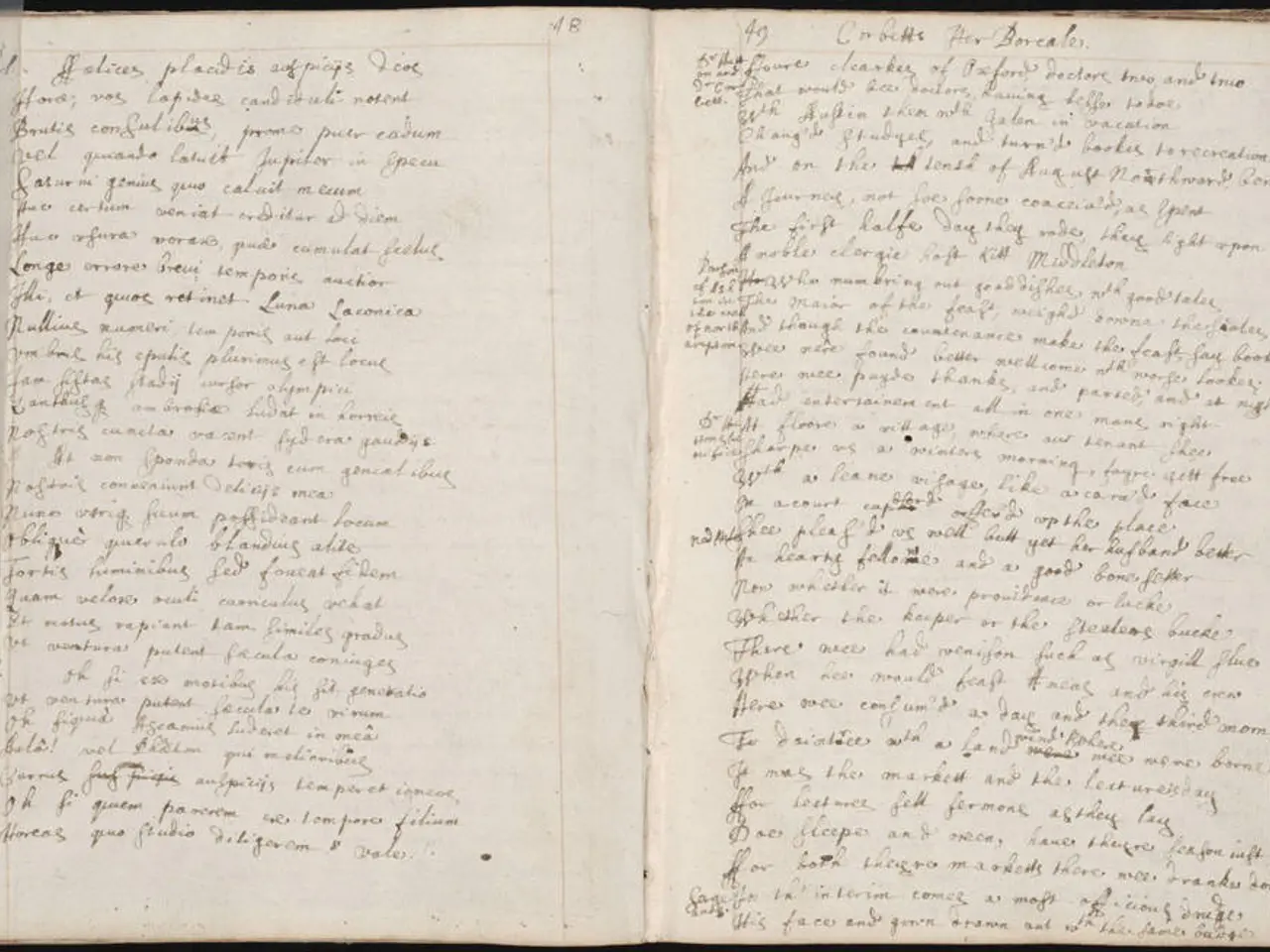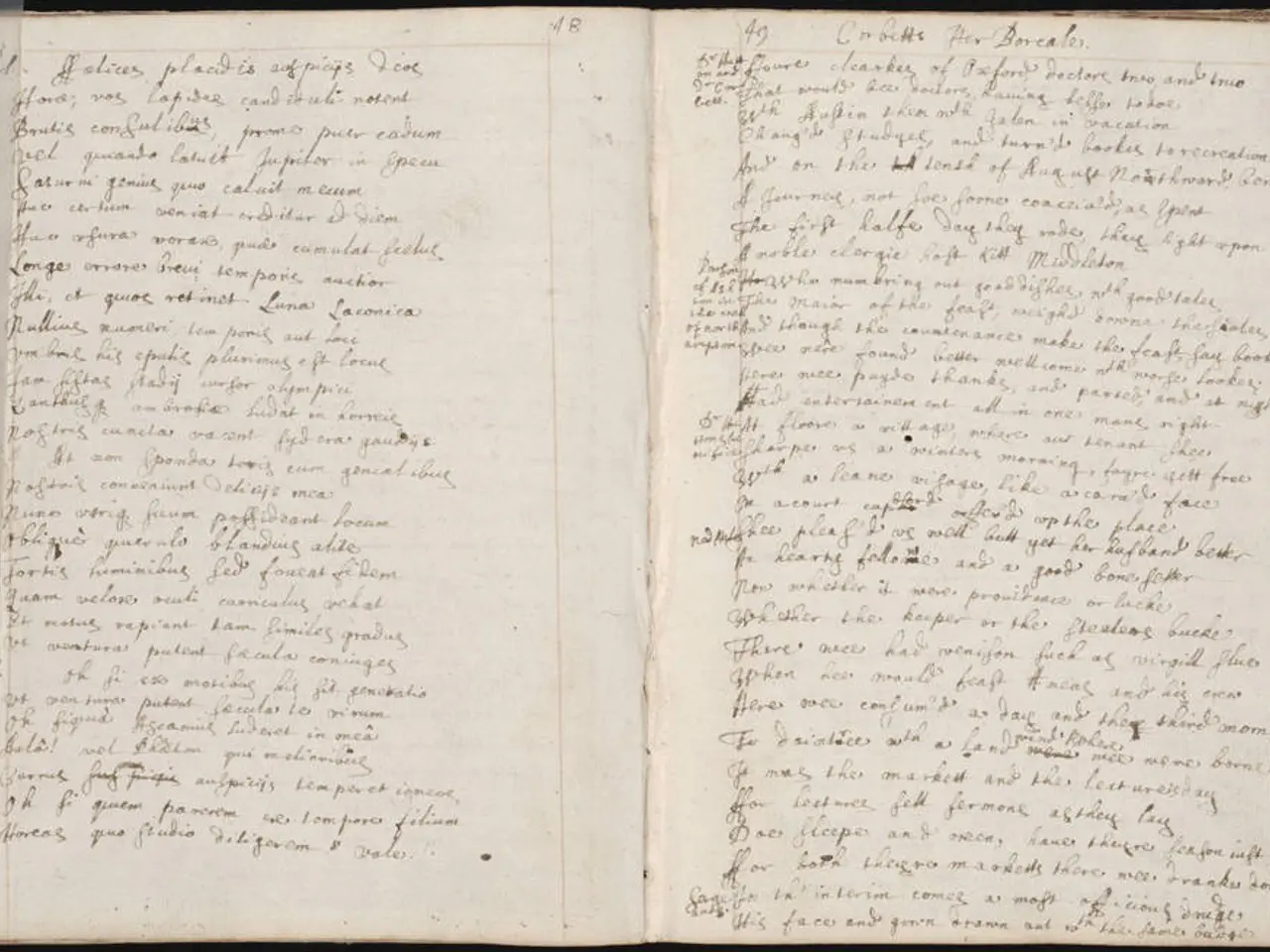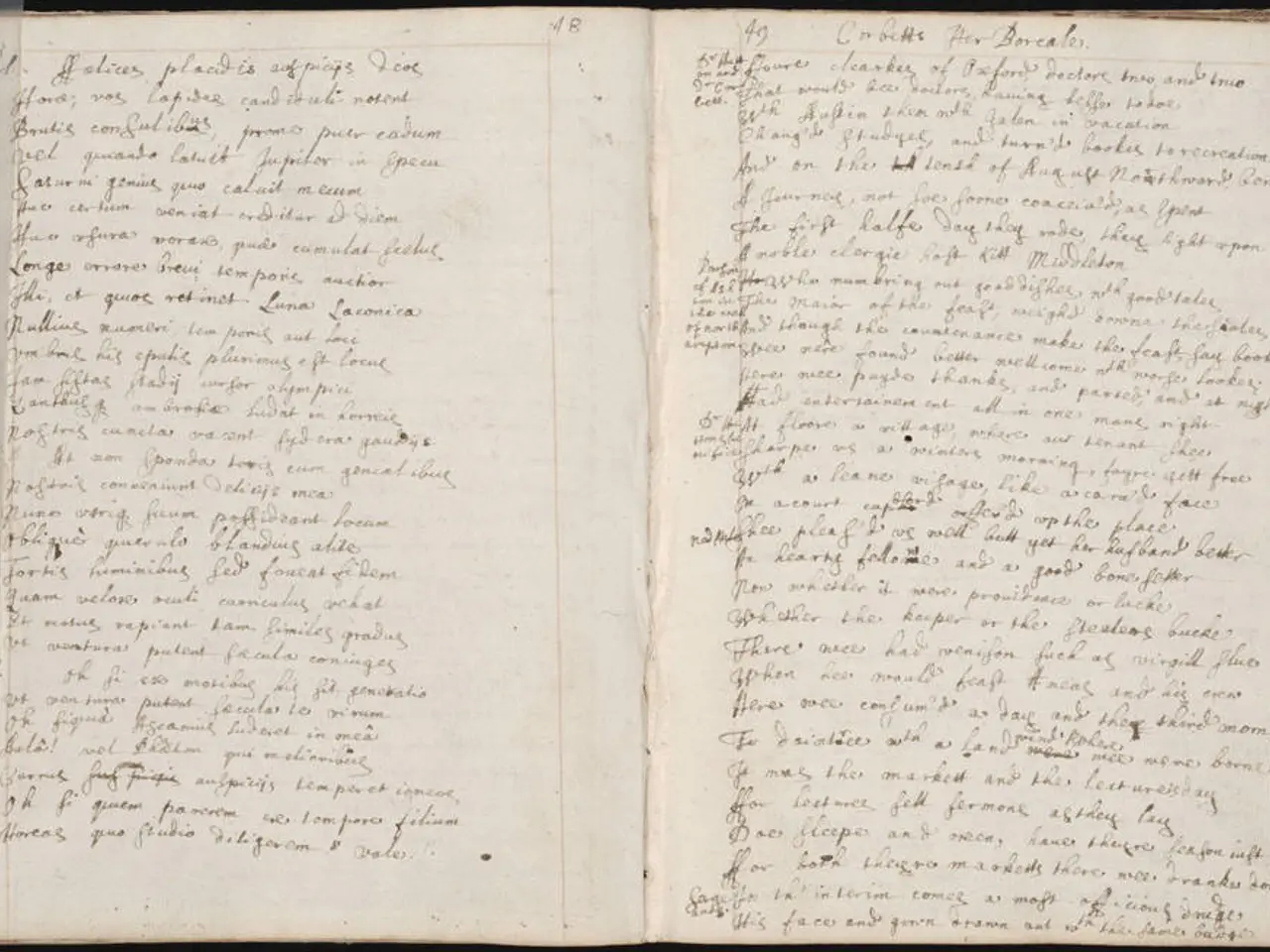School extremism poses a significant issue, claims Minister
In the Lusatia region, the mayor of Spremberg, Christine Herntier, has raised concerns about the growing influence of right-wing extremism in schools. This alarming trend is not isolated, as other schools across Brandenburg have reported similar incidents. The Education Minister of Brandenburg, Steffen Freiberg, acknowledges that right-wing extremism remains a significant challenge in the state's schools.
Despite a decrease in xenophobic incidents by 8%, with only 57 reported last year, the underlying conditions fostering extremist attitudes persist. According to Minister Freiberg, many right-wing extremists are violence-oriented, deeply embedded, and increasingly visible, particularly among young people.
The coronavirus pandemic has intensified feelings of powerlessness among youth during lockdowns, providing fertile ground for extremist groups to spread their ideology, especially via social media platforms like TikTok where right-wing groups such as the AfD have a strong presence.
Incidents of openly hateful behavior, such as shouting "Heil Hitler" and using white power salutes in schools, indicate that extremist expression is still active among some students. There is also a "cloak of silence" around right-wing extremism in schools, with some victims and witnesses hesitant to speak out, which allows right-wing groups to strengthen their influence unnoticed.
Broader societal trends in Eastern Germany show increased support for far-right parties and ideologies, reinforcing the ideological environment in which schools operate. Minister Freiberg's assessment implies that addressing right-wing extremism in classrooms requires more than incident reports; it needs sustained educational, social, and protective measures to counteract the growing, normalized presence of extremist ideologies and behaviors among youth in Brandenburg.
Last year, the number of right-wing extremists in Brandenburg reached an all-time high of 3,650, nearly 20% more than the previous year, with 40% considered violence-oriented. The police registered a 30% increase in right-wing extremist offenses at schools, with 519 cases reported for the entire previous year.
In response, the ministry introduced the ban on unconstitutional actions into the school law last year, requiring schools to immediately report incidents glorifying National Socialism, as well as anti-Semitic or racist incidents to the school authority. The ministry also recorded 3 other extremist incidents, 22 fewer than before. Crimes with foreign ideology decreased from 7 to 3.
The minister has expressed a wish for the work of engaged young people, especially in youth associations, to be recognized more strongly. The number of offenses from the left increased slightly from 6 to 7, while the number of anti-Semitic incidents decreased to 13, about half the number from the same period last year.
Minister Freiberg sees schools as being burdened by these incidents and has taken measures such as the 'Strong Teachers, Strong Students' program to help structurally. However, he emphasizes that school is not the only institution where political education takes place. School is an important actor, but political education and engagement for democracy, engagement for society mainly takes place outside of school, according to the minister.
As of now, no figures are available for the new year. However, between January 1 and May 31 of the current year, schools reported 195 right-wing extremist incidents, a decrease of approximately one-third compared to the same period last year. The minister acknowledges that schools and society as a whole must continue to work towards countering the influence of right-wing extremism and fostering a more inclusive and tolerant environment.
General-news reports indicate a persistent challenge of right-wing extremism in Brandenburg schools, despite attempts to mitigate its influence. Politics plays a role in this issue, as the growing support for far-right parties and ideologies in Eastern Germany creates an ideological environment that fuels extremist ideologies among youth. Crime-and-justice statistics show a 30% increase in right-wing extremist offenses at schools last year, with 519 cases reported. These reports underscore the need for sustained educational, social, and protective measures to counteract the normalized presence of extremist ideologies and behaviors in schools.








